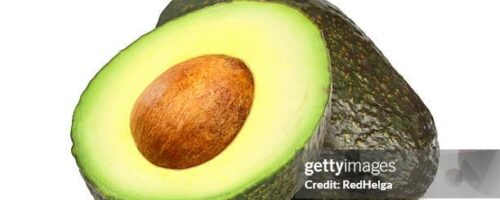
Michoacán, Mexico
How is it produced?
Avocados grow best in warm tropical places with little wind and extensive water. The fruit prospers in sunny locations with good drainage. Prior to arriving on the shelves of stores, the fruit is put through a process of artificial heating and cooling to ripen/preserve the fruit for customer consumption (Fitzgerald, Howitt, Smith, & Hume, 2011).
Describe the supply chain to the store shelf in Canada:
Avocados for Canada are primarily produced in Mexico, while countries in South America, Africa, and the Middle East contribute relatively small portions, as well. For Canadian’s, much of the avocado supply comes from Mexico. After the fruit is picked by labourers, the producers have the fruit transported by truck from certified avocado orchards to facilities in which the fruit can be packaged. After packaging, the fruit is put into artificial cooling and heating conditions which control the rate of ripeness for the fruit (Fitzgerald, Howitt, Smith, & Hume, 2011). This is so that the fruit arrives on store shelves in an edible or near-edible condition upon purchase.
This process is primarily controlled through Mexican and Canadian Government including multilateral organizations with vertical integration. Producers of the avocado have their product bought by packers who then sell them to importers. From here, the avocados are distributed to retailer’s shelves (Cho, 2020, p.26).
What is the power balance between the producer and seller?
The power holds greatest for the multinational-vertically integrated corporations like Costco, Walmart, and Safeway. Indirect contact between the seller and producer occurs due to dominating concerns of production efficiency, quality and price. These concerns overshadow concerns of the producer in terms of worker conditions and profits (Cho, 2020, p.29; Villarreal & Fergusson, 2017, p.2).
Can you recommend changes to the system to improve the balance?
Ideally, increased transparency and implementation of more levels of accountability for situations of unfair power struggle between producers and sellers. Doing so might help to encourage a better treatment of equality and conditions for workers across all the supply chain.
References/Resources:
Cho, K. (2020). Environmental impacts of the U.S.-Mexico avocado supply chain. Michigan: University of Michigan .
Fitzgerald, W. B., Howitt, O. J., Smith, I. J., & Hume, A. (2011). Energy use of integral refrigerated containers in maritime transportation. Energy Policy.
Villarreal, M., & Fergusson, I. F. (2017). The North American Free trade Agreement. Congressional Research Service.

